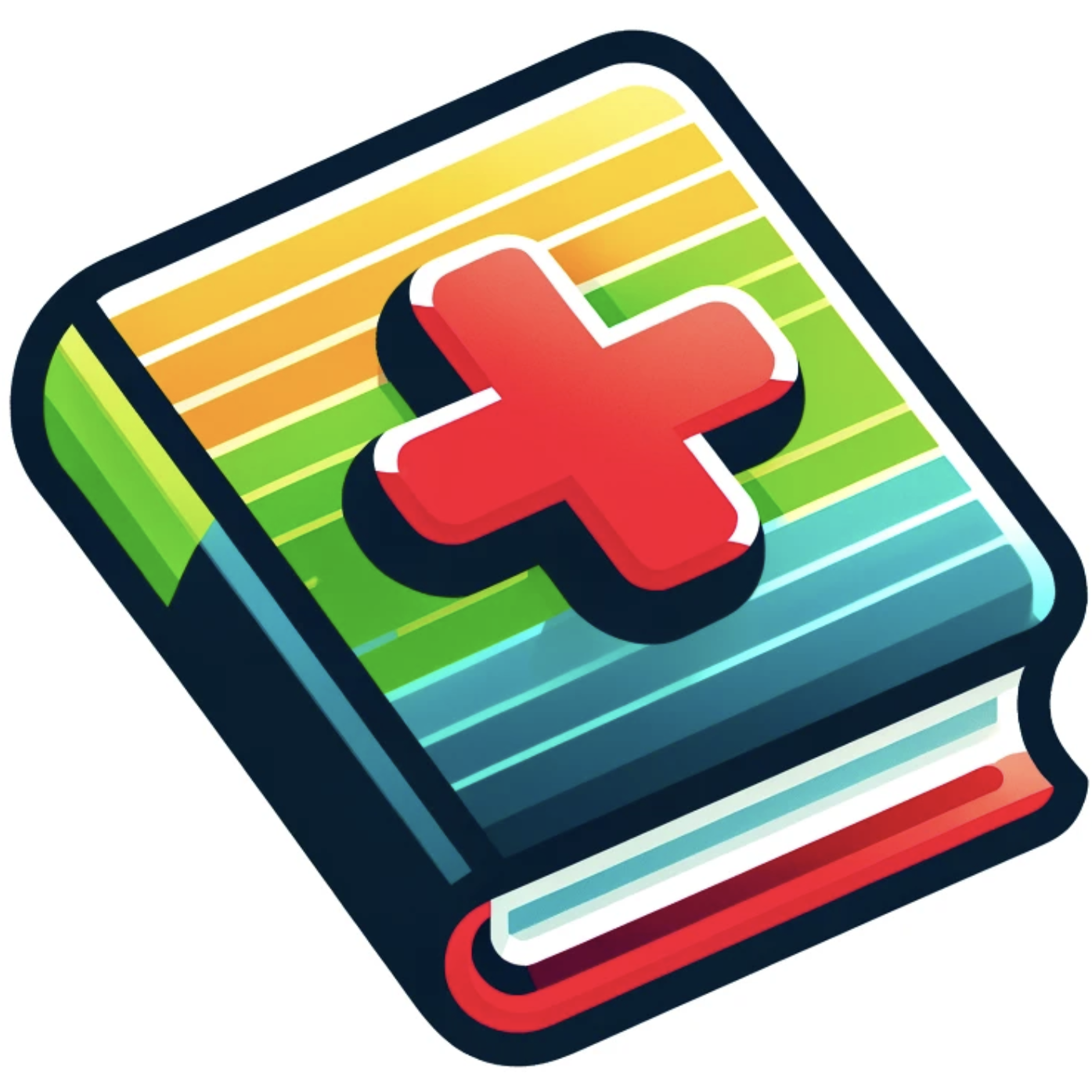We release the two CLIP models we trained for X-ray and Skin Lesion images on huggingface.
- WhyXrayCLIP 🩻 : https://huggingface.co/yyupenn/whyxrayclip
- WhyLesionCLIP 👍🏽 : https://huggingface.co/yyupenn/whylesionclip
After cloning the repo, you can install the required dependencies and download the data by running the following commands:
git clone https://github.com/YueYANG1996/KnoBo.git
cd KnoBo
sh setup.shTo get the results of KnoBo on X-ray datasets, you can run the following command:
python modules/cbm.py \
--mode binary \
--bottleneck PubMed \
--number_of_features 150 \
--add_prior True \
--modality xray \
--model_name whyxrayclip \The output will be saved to ./data/results/. You can change the --modality to skin and --model_name to whylesionclip to get the results on Skin Lesion datasets.
-
data/: Contains the data for all experiments.data/bottlenecks/: Contains the concept bottleneck created using medical documents.data/datasets/: Contains the splits for all datasets. You may need to download the images of each dataset from their original sources. Please refer to the DATASETS.md for more details.data/features/: Contains the features extracted from different models.data/grounding_functions/: Contains the grounding functions for each concept in the bottleneck.data/results/: Contains the results of all experiments.
-
modules/: Contains the scripts for all experiments.modules/cbm.py: Contains the script for the running linear-based models, including KnoBo, linear probing, and PCBM.modules/extract_features.py: Contains the script for extracting image features using different models.modules/train_grounding.py: Contains the script for training the grounding functions for each concept in the bottleneck.modules/end2end.py: Contains the script for training the end-to-end model, including ViT and DenseNet.modules/LSL.py: Contains the script for fine-tuning CLIP with knowledge (Language-shaped Learning).modules/models.py: Contains the models used in the experiments.modules/utils.py: Contains the utility functions.
To extract features from the images using different models, you can run the following command:
python modules/extract_features.py \
--dataset_name <NAME OF THE DATASET> \
--model_name <NAME OF THE MODEL> \
--image_dir <PATH TO THE IMAGE DIRECTORY> \The supported models are listed here. We provide a bash script extract_features.sh to extract features for all datasets using the two CLIP models we trained.
Working on it...
To train the grounding functions for each concept in the bottleneck, you can run the following command:
python modules/train_grounding.py \
--modality <xray or skin> \
--bottleneck <NAME OF THE BOTTLENECK> \Each grounding function is a binary classifier that predicts whether the concept is present in the image. The output will be saved to ./data/grounding_functions/<modality>/<concept>/.
-
Linear Probing:
python modules/cbm.py --mode linear_probe --modality <xray or skin> --model_name <vision backbone>. -
PCBM-h:
python modules/cbm.py --mode pcbm --bottleneck PubMed --number_of_features 150 --modality <xray or skin> --model_name <vision backbone>. -
End-to-End:
python modules/end2end.py --modality <xray or skin> --model_name <vit or densenet>. -
LSL: You need to first fine-tune the CLIP model with knowledge using the following command:
python modules/LSL.py \ --modality <xray or skin> \ --clip_model_name <base model, e.g., whyxrayclip> \ --bottleneck <NAME OF THE BOTTLENECK> \ --image_dir <PATH TO THE IMAGE DIRECTORY> \Then, extract the features using the fine-tuned CLIP model and get the final results same as linear probing:
python modules/cbm.py --mode linear_probe --modality <xray or skin> --model_name <fine-tuned vision backbone>. We provide the models we fine-tuned on PubMed in thedata/model_weights/directory.
Please cite our paper if you find our work useful!
@article{yang2024textbook,
title={A Textbook Remedy for Domain Shifts: Knowledge Priors for Medical Image Analysis},
author={Yue Yang and Mona Gandhi and Yufei Wang and Yifan Wu and Michael S. Yao and Chris Callison-Burch and James C. Gee and Mark Yatskar},
journal={arXiv preprint arXiv:2405.14839},
year={2024}
}